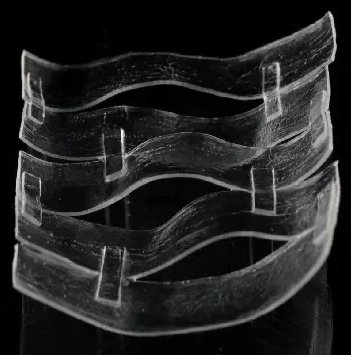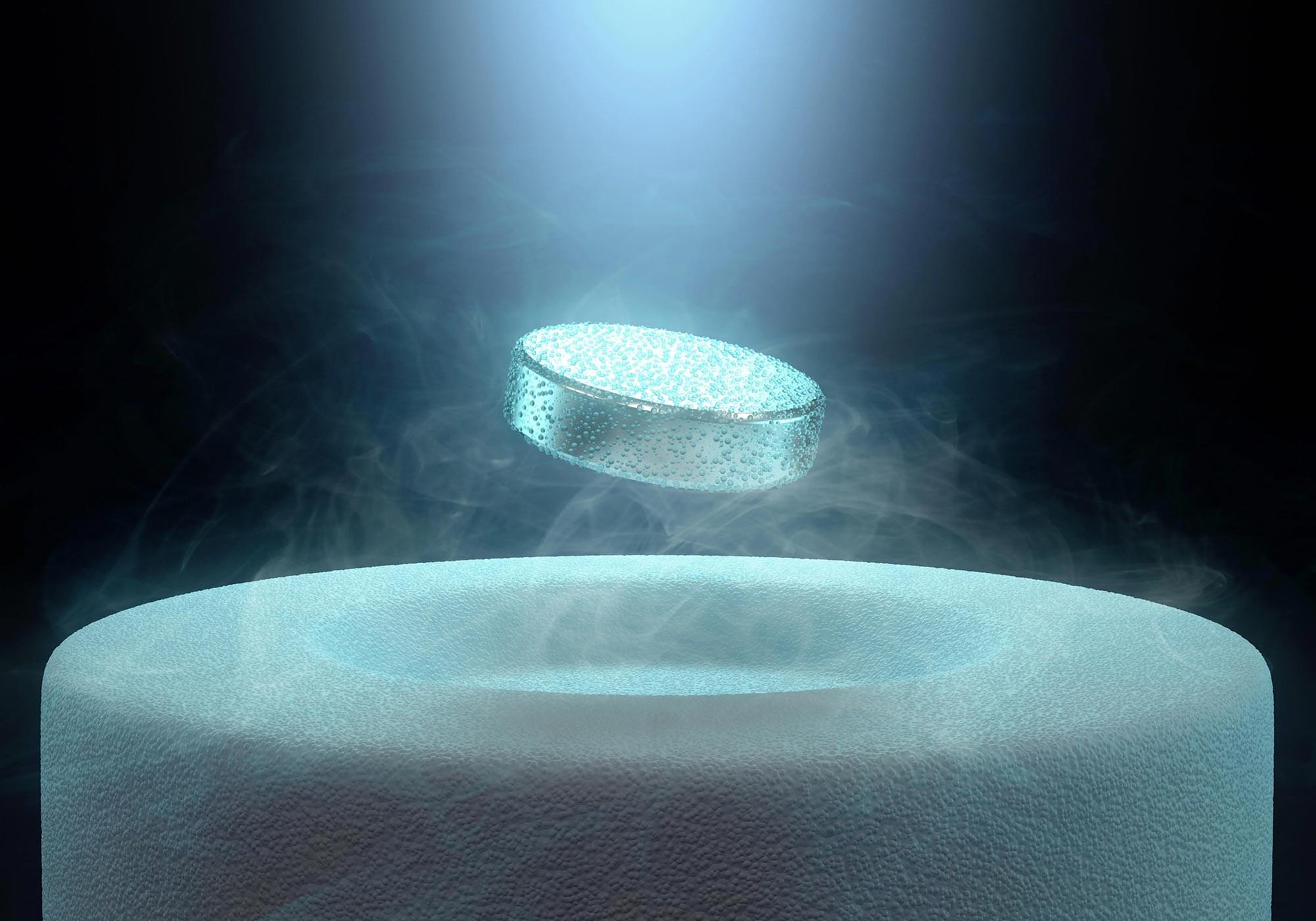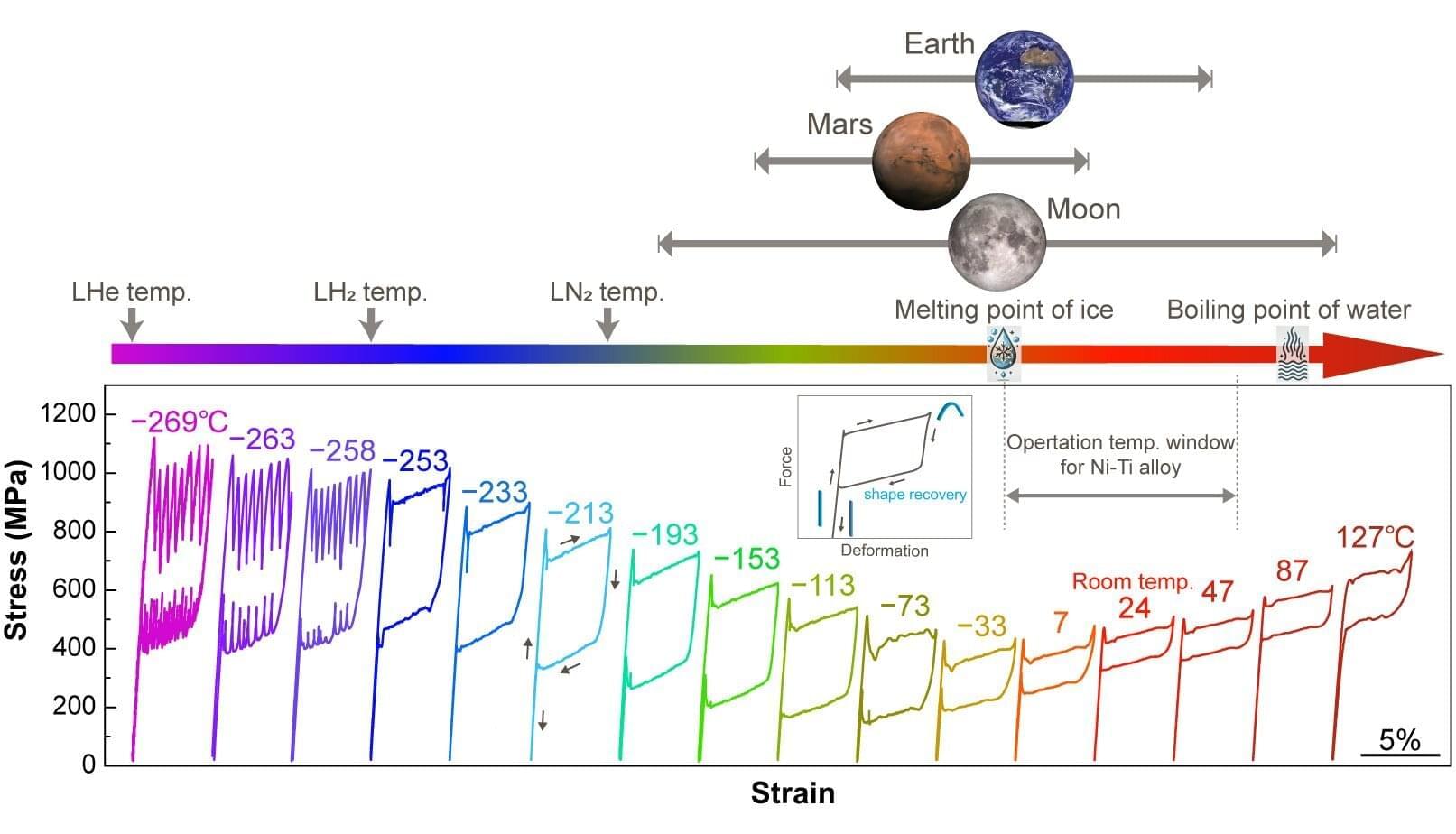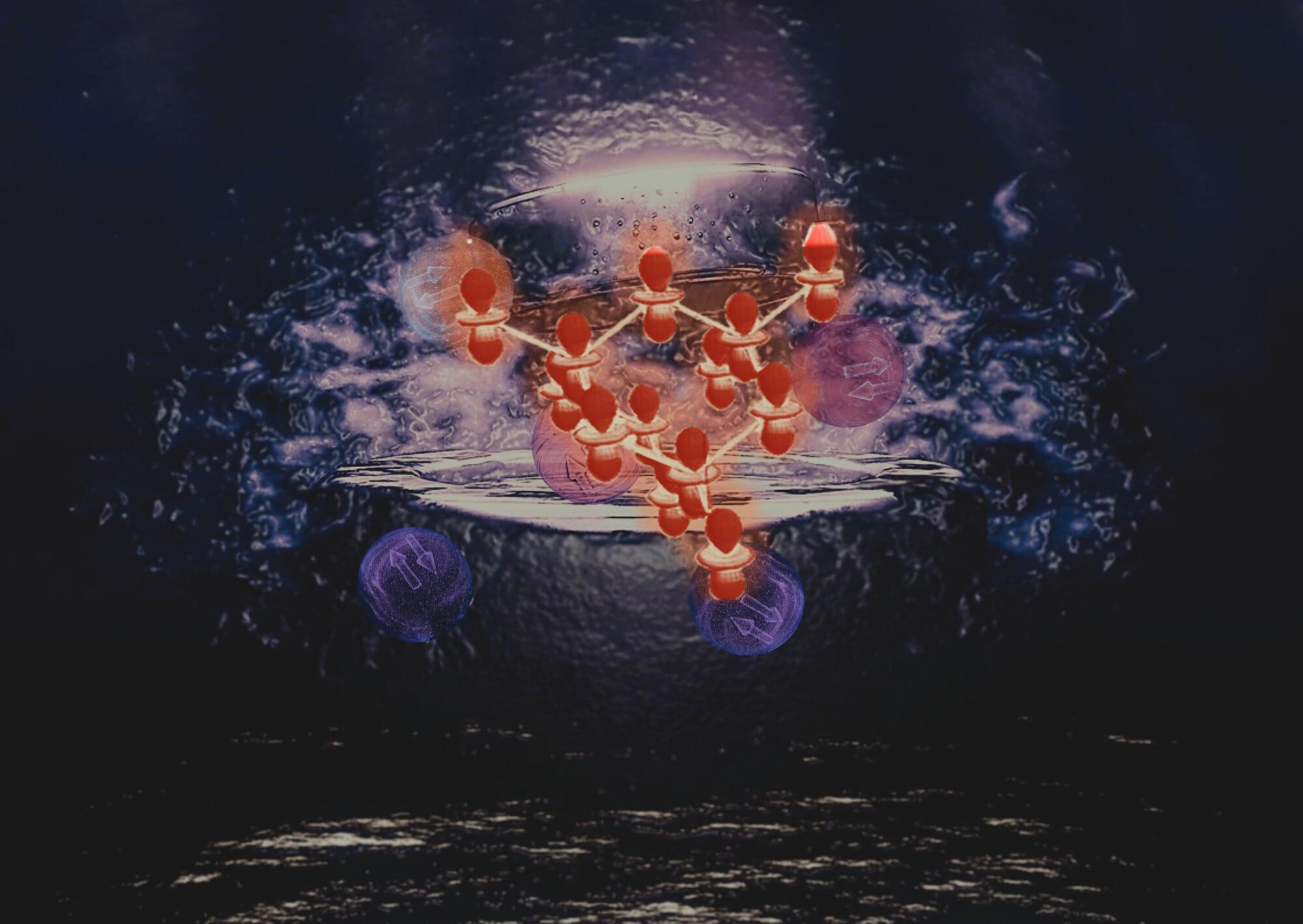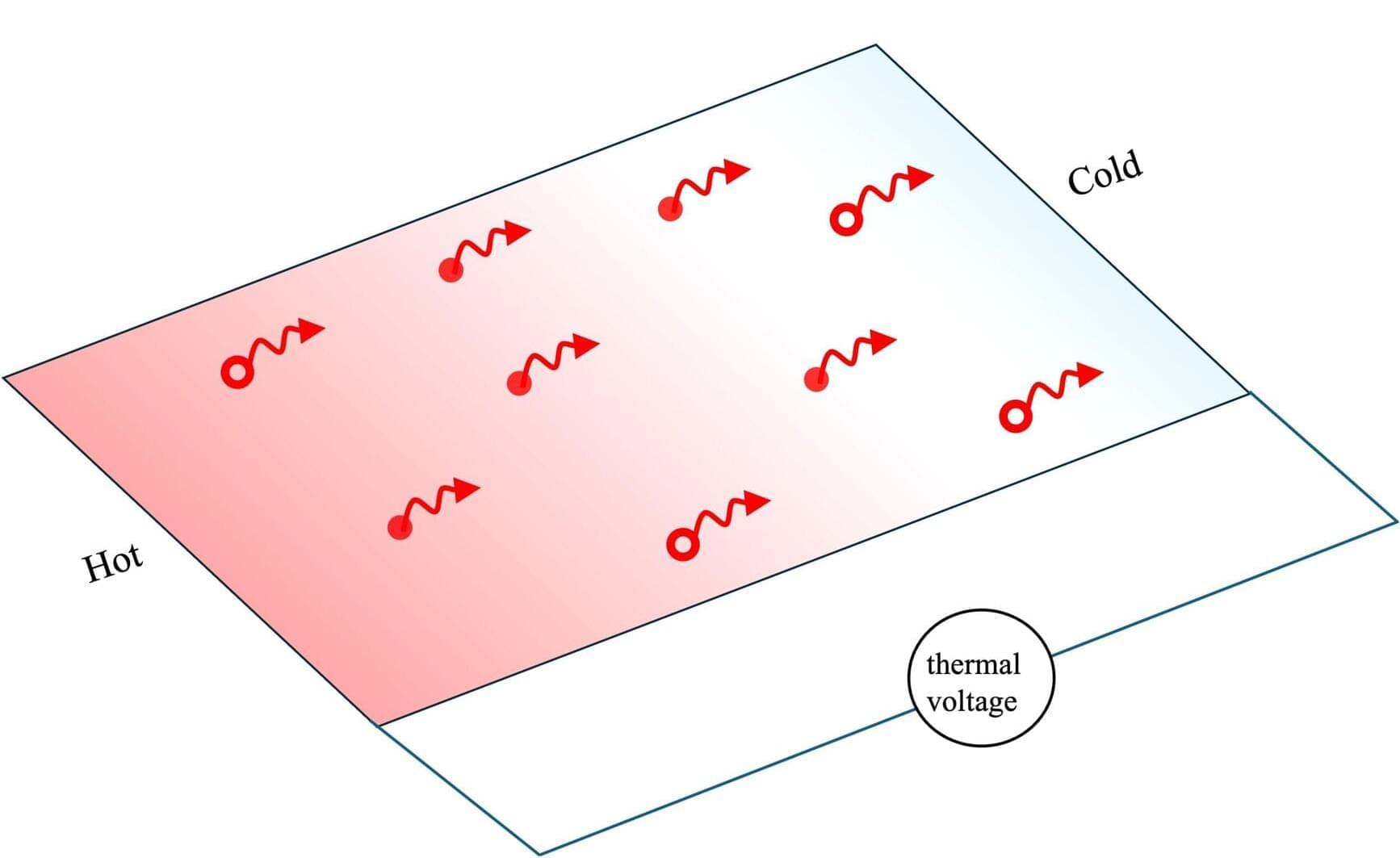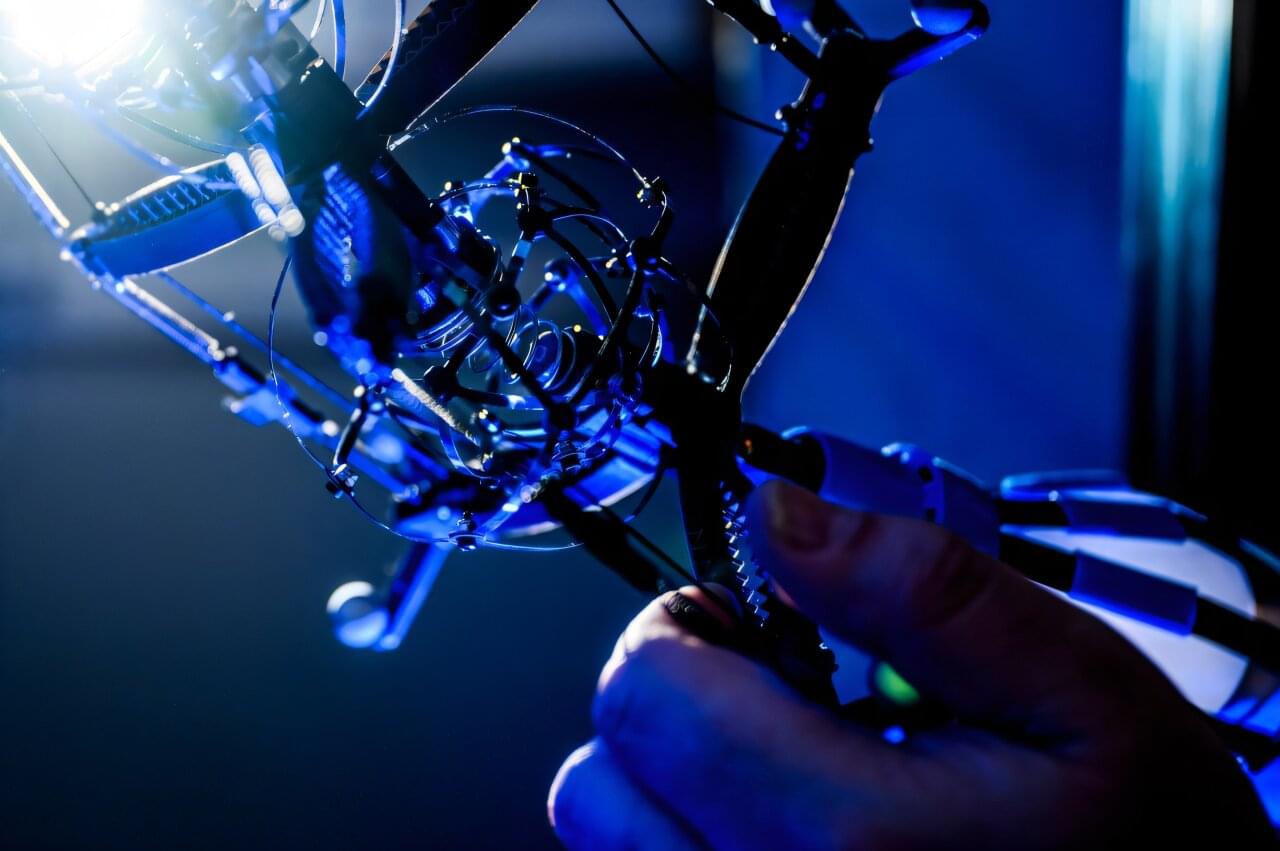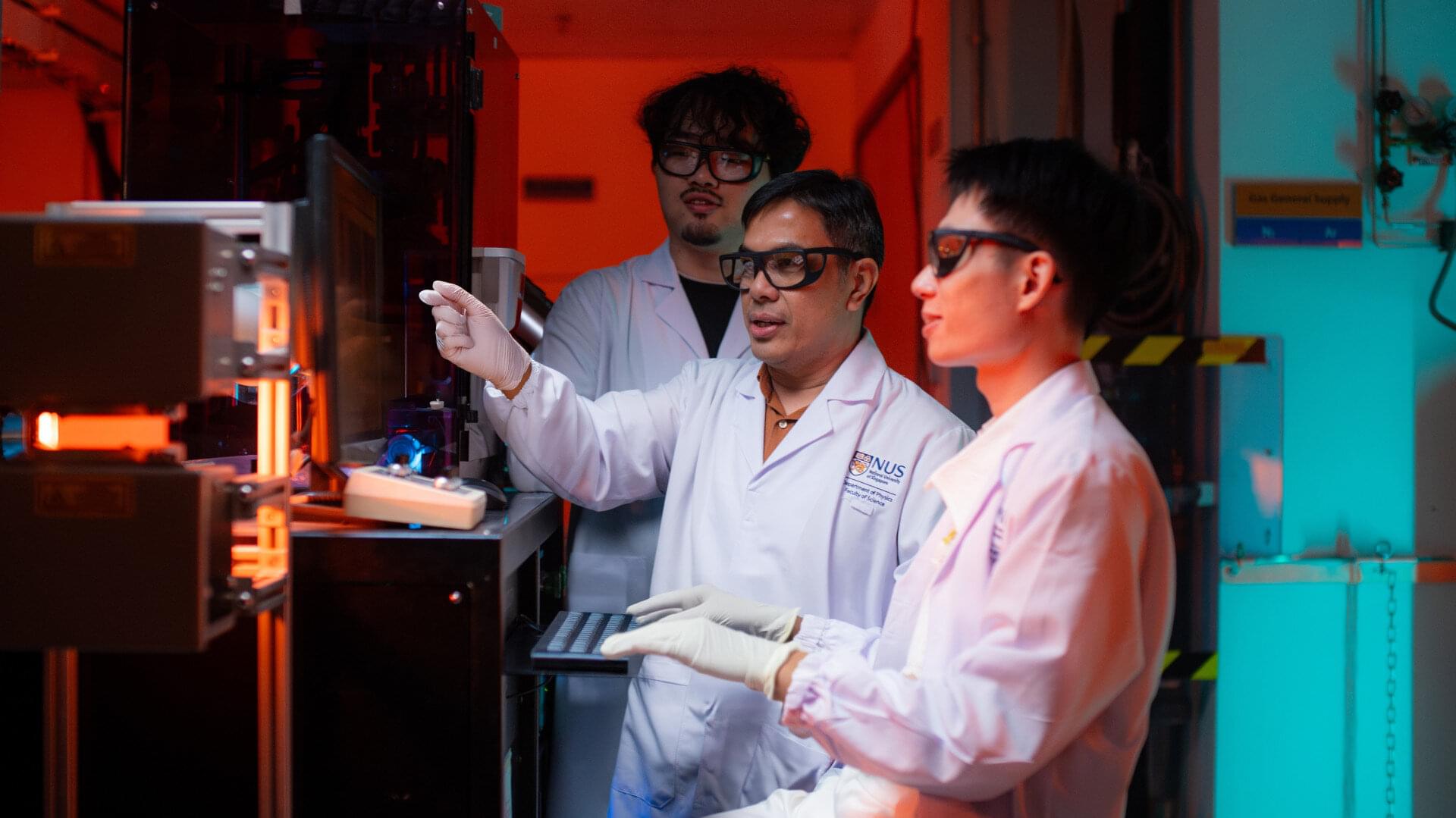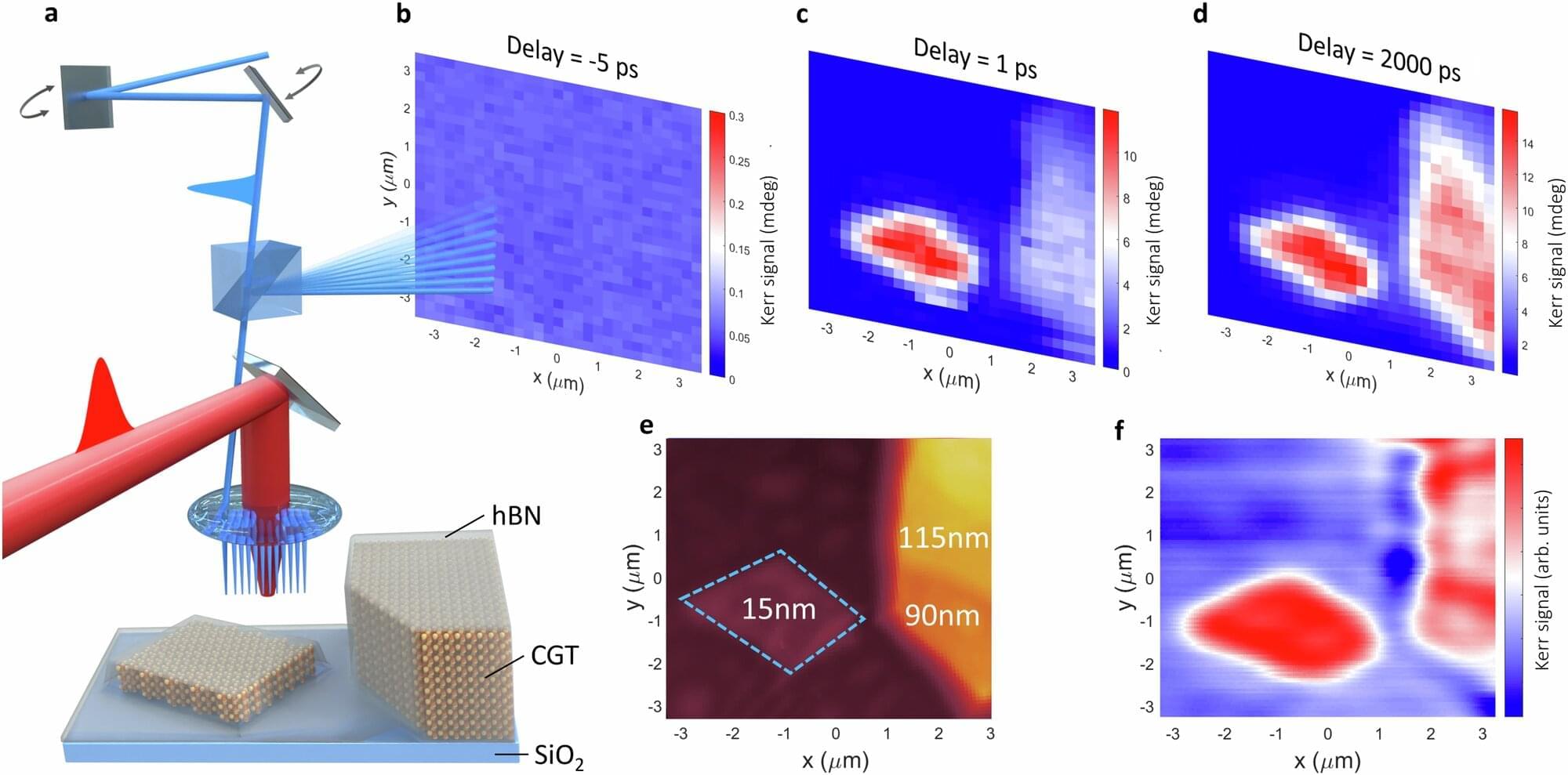Natural biological tissues, like human skin, possess a unique combination of properties that synthetic materials struggle to replicate. Skin is strong yet flexible and, most impressively, capable of self-repair. Until now, scientists have only been able to replicate either the stiffness of biological tissues or their self-healing ability—but never both at once.
Hydrogels have many advantages, such as biocompatibility, nutrient transport, and ionic conductivity. These features make them promising materials for biomedical applications, but their mechanical limitations have kept them from reaching their full potential.
Most self-healing hydrogels are too soft, with a Young’s modulus below 100 kilopascals (kPa). Others that achieve stiffness above 100 megapascals (MPa) typically lose their ability to heal.
